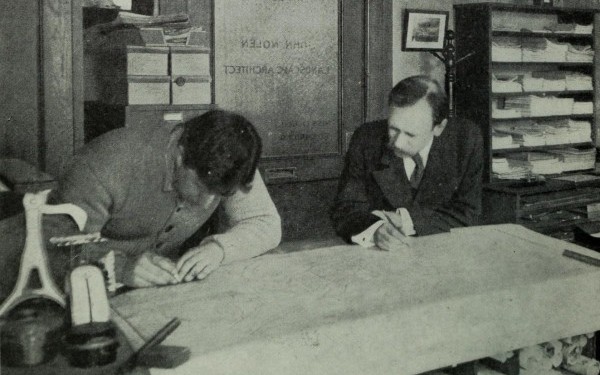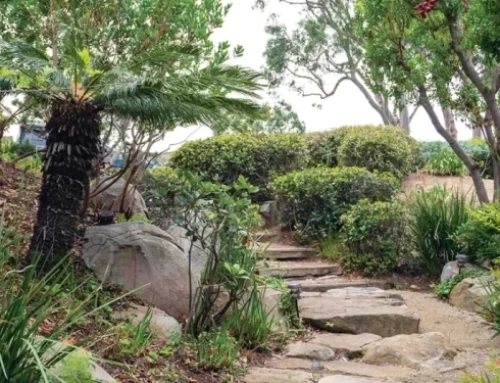BY ANTHONY PALETTA
FOR THE AMERICAN CONSERVATIVE; DECEMBER 10, 2021
The lot of an urban planner is generally a thankless one. Most thoughtful plans are rejected outright, modified heavily, or altered beyond recognition. And yet, realizing even a small part of a sound town or city plan is a significant achievement; the creation of even a few sound streets can be success enough to buoy a planner on through numerous cul-de-sacs of civic indifference.
The least we can provide these unsung ameliorators of the public environment is recognition, and John Nolen, whose works span from San Diego to Savannah and Madison to Montclair, receives his due in R. Bruce Stephenson’s John Nolen: Landscape Architect and City Planner, the first book on his work. Stephenson, director of the Department of Environmental Studies and Sustainable Urbanism at Rollins College, has produced a very fine overview of Nolan’s unsung and very sound planning work. Readers will have probably seen a few of Nolen’s plans, but much will almost certainly be new; happily, the reader sees not just sketches, but also schemes realized in full or part. Nolen was a pragmatic city planner, not given to quixotic efforts, well aware that any plan would face high hurdles before adoption.
Nolen was born in Philadelphia in 1869 and educated at Girard College and then the Wharton School of Finance and Economy. He had early work at a Catskills resort, learning fundamentals of landscape architecture on the job before his employment by the American Society for the Extension of University Teaching, an organization extending education beyond traditional college attendees. Early travels involved the standard Grand Tour, visiting Capability Brown and Humphrey Repton landscapes in England and a variety of European cities, travel particularly enabled by his year of study at the University of Munich.
He enrolled in the Harvard Department of Landscape Architecture in one of its earliest classes in 1903 (it was founded in 1900). Nolen, a natural flâneur through cities and countryside, chafed at the sheer amount of time spent inside, but Frederick Law Olmsted Jr.’s class was a highpoint, with Italian Renaissance gardens a particular inspiration. He co-authored a piece with Olmsted before graduation, “Normal Requirements of American Towns and Cities in Respect to Public Open Space.”
Read the FULL ARTICLE here.






